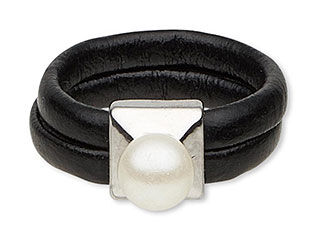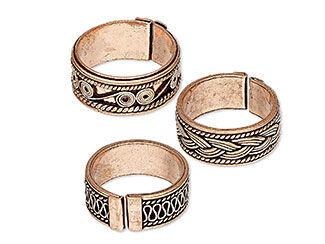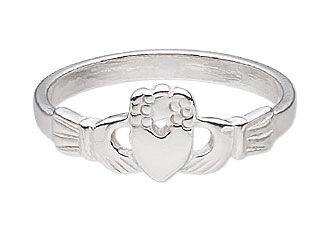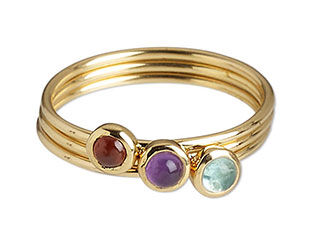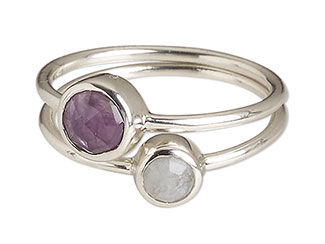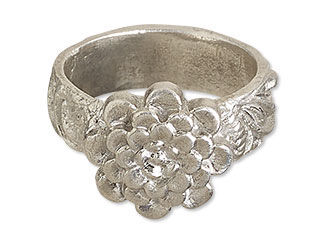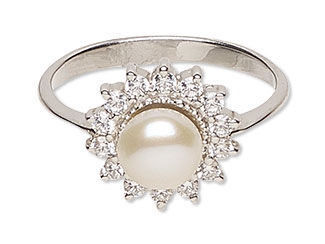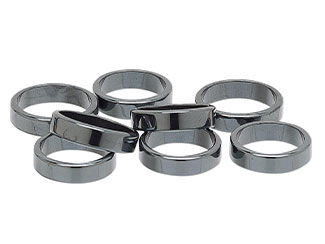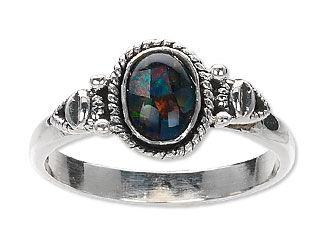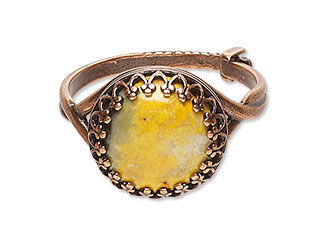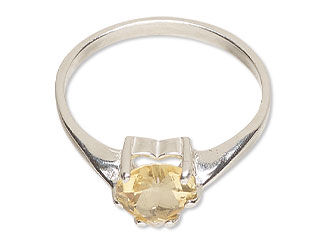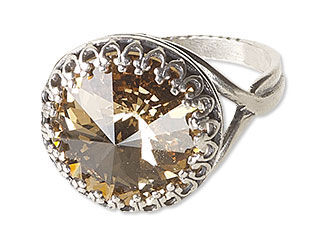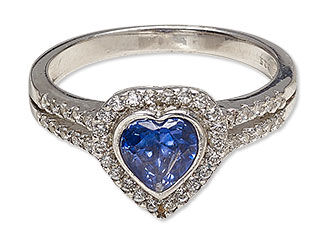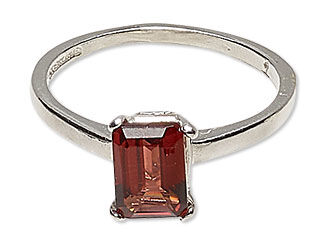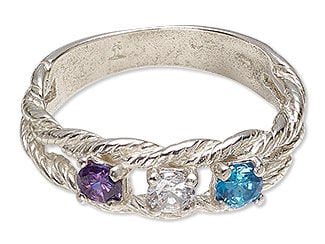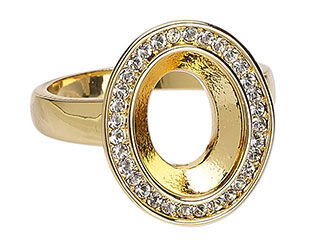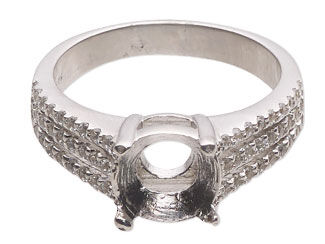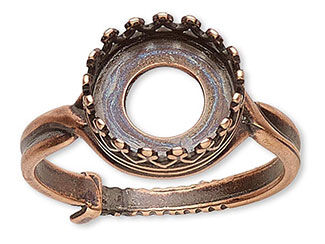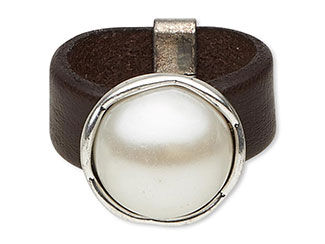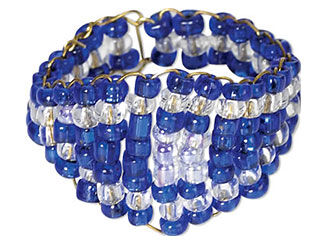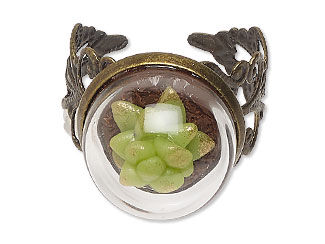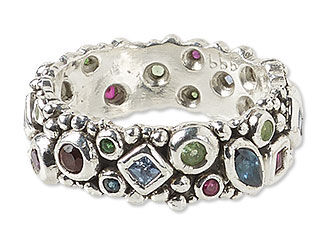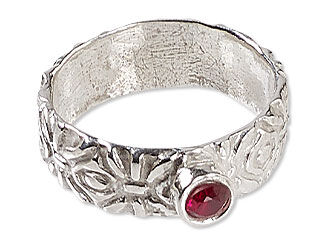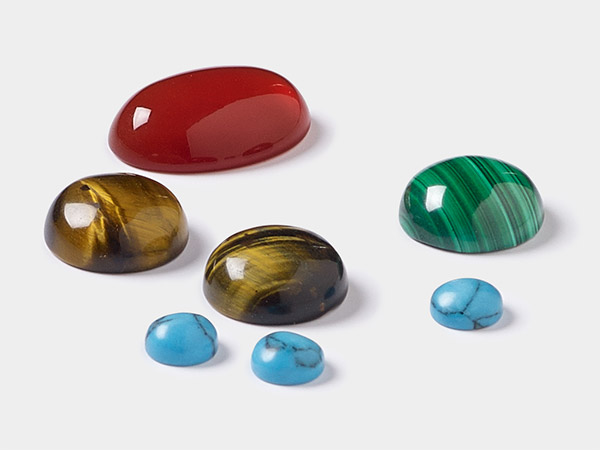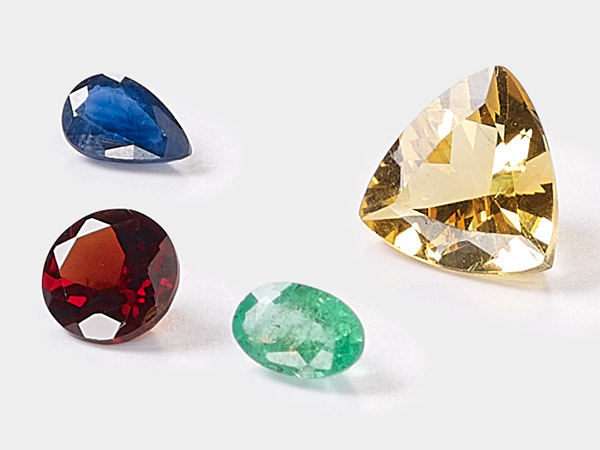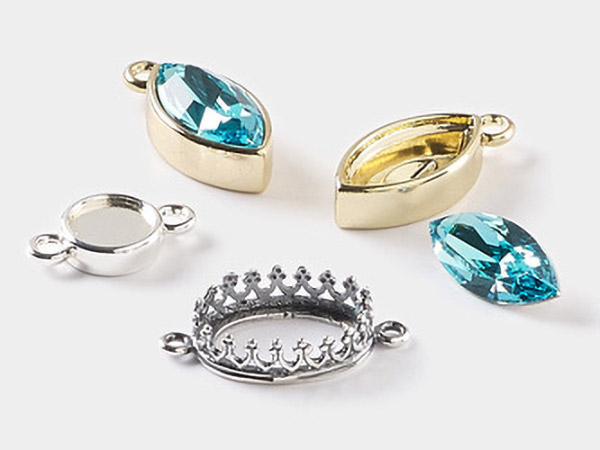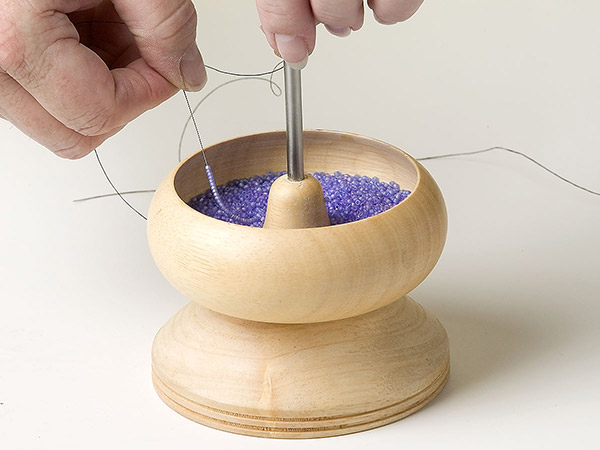Engagement Rings Personalize with Alternatives to Diamonds
When you think of an engagement ring, a diamond is likely the first image that comes to mind. Yet, the tradition of using diamonds to symbolize love is surprisingly recent, gaining widespread popularity after De Beers' iconic 1947 campaign, “A diamond is forever.” While the diamond’s durability makes it a fitting symbol of eternal love, history tells us that other materials and stones have long been used to represent undying devotion.
History
ANCIENT TIMES
In ancient civilizations, engagement rings were rich with symbolism and varied in material and form. The ancient Egyptians were among the first to adopt the custom, using braids of reeds or leather as rings to symbolize eternal commitment. These rings were typically worn on the fourth finger of the left hand, where it was believed a vein of love (vena amoris) led directly to the heart. Mummified remains have revealed rings crafted from hemp, bone, ivory and other materials, emphasizing the enduring nature of the bond.
The Romans, too, embraced the custom of engagement rings, though with a more complex cultural significance. Roman women often wore rings as symbols of ownership, akin to a business contract with their soon-to-be husbands. Early Roman rings were fashioned from ivory, flint, bone and copper, drawing inspiration from Egyptian designs. As wealth grew in the Roman Empire, women wore two rings—an iron one for daily use, believed to possess curative properties and a gold one for public display. Gold engagement rings have been unearthed in the ruins of Pompeii, solidifying their role in Roman tradition. Additionally, Roman “fede” rings, featuring clasped hands, symbolized unity and love, a motif that endures today in the Irish Claddagh rings.
MIDDLE AGES
During the Middle Ages, engagement ring customs evolved with both symbolic and contractual significance. In the 6th century, the Visigoths used the giving of rings as a formal contract, pledging a promise of marriage. By the 9th century, Pope Nicholas I formally declared engagement rings a symbol of commitment, viewing them as a tangible representation of a man’s financial dedication to his future wife.
The tradition of engagement rings was further solidified in 1477 when Archduke Maximilian of Austria presented Mary of Burgundy with the first known diamond engagement ring, setting a new trend in fashion. The ring’s setting, uniquely shaped like an “M,” reflected both personalization and devotion.
During the 15th and 16th centuries, the tradition of engagement rings evolved, with both the bride and groom each wearing a ring during their engagement. Upon marriage, these rings—known as gimmel rings—were joined with a third band which was then worn by the bride, symbolizing the unity of the couple in matrimony.
RENAISSANCE and BEYOND
Posey rings (also spelled posy, poesy or posie) gained widespread popularity during the Renaissance and continued to flourish in the centuries that followed. These rings, often crafted from silver for engagements and gold for weddings, were delicately designed with diamonds, gemstones and enamel, frequently adorned with floral motifs. Engraved with poetic verses, posey rings became a poignant expression of love and commitment. Their significance was further solidified by literary works of the time, including references by Shakespeare. The advent of the printing press and the rise of romantic literature contributed to the romanticization of engagement rings, transforming them from mere accessories to cherished symbols of eternal love.
In Puritan society, jewelry was often considered sinful, leading brides to adopt more modest symbols of engagement. One such custom involved brides receiving a thimble, from which the top would be cut off to create a simple wedding band.
MODERN
In 1839, Prince Albert of Saxe-Coburg and Gotha set a new standard for engagement rings by presenting Queen Victoria with a uniquely symbolic design. The 18Kt gold ring featured a serpent, a symbol of eternity, with rubies for its eyes, an emerald for her birthstone and a diamond at its mouth. This thoughtful and intricate design not only reflected the depth of Prince Albert's affection but also ignited a trend for personalized and meaningful engagement rings.
In the 1860s, the discovery of diamond mines in South Africa revolutionized the accessibility of diamonds, making them more widely available and heralding a shift in engagement ring trends. Platinum became the preferred setting material for these precious stones, a trend that continued until the 1940s, when gold emerged as a more popular choice.
The 1920s saw the rise of the Art Deco movement, which introduced a bold use of diverse gemstones such as sapphires, emeralds and rubies in engagement rings. Advances in cutting technology during this time also allowed for more intricate and dazzling diamond cuts, increasing their popularity. However, during the Great Depression, diamonds fell out of favor as financial uncertainty took hold. It wasn’t until the 1930s and 1940s that De Beers' iconic marketing campaigns, featuring movie stars adorned with diamonds, reignited the public's desire for these precious stones.
TODAY
In recent years, engagement ring trends have increasingly favored personalization, sustainability and affordability. Many are turning to gemstone rings, combining diamonds with other precious stones or pearls and opting for lab-grown diamonds, which are more cost-effective yet still retain the brilliance of natural diamonds. In addition, the growing demand for eco-friendly choices has also sparked interest in antique rings and stones. Today, more couples are choosing rings that reflect their unique story, seeking deeper meaning and sentiment in their choice of symbol.
Infusing Designs with Meaning
GEMSTONE CHOICES
Couples can use their imagination and creativity to design a one-of-a-kind engagement ring that represents something personal and meaningful. By choosing a precious metal setting and a natural gemstone, you can create a unique piece at a fraction of the cost of a diamond ring. Faceted gemstones come in popular cuts like round, emerald, pear and marquise, with various carat sizes to suit any design.
Another meaningful option for an engagement ring is to showcase your birthstone, your fiancé’s or another loved one’s. With multi-stone settings, you can beautifully combine multiple gemstones, incorporating several birthstones into a single, unique design.
When designing engagement rings with gemstones other than diamonds, it's important to keep durability in mind, especially since the ring will be worn daily for many years. The Mohs scale of hardness can help guide the selection process, as it measures a stone’s resistance to scratching and wear. Gemstones with a hardness of 7 or higher, like sapphires, rubies and certain garnets, are excellent choices for everyday wear due to their resilience. Softer stones, such as opals or pearls, while beautiful, may not be as suitable for rings that endure constant contact with surfaces and daily activities. Understanding the balance between aesthetic and durability is key to creating a piece that will maintain its beauty over time.
Considering both the durability of the stone for everyday wear and the traditional symbolism associated with each gemstone, here are some thoughtful suggestions for gemstone engagement rings.
| Image | Gemstone | Mohs Hardness | Symbolism |
|---|---|---|---|
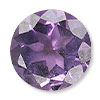 |
Amethyst | 7 | Peace, calm, balance, spiritual love |
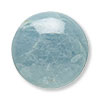 |
Aquamarine | 7.5 - 8 | Courage, clarity, harmony |
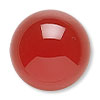 |
Carnelian | 6.5 - 7 | Love, passion, motivation, strength |
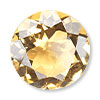 |
Citrine | 7 | Happiness, health, wisdom, confidence |
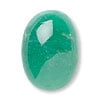 |
Emerald | 7.5 - 8 | Love, hope, trust, unity |
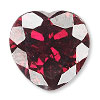 |
Garnet | 7 - 7.5 | Devotion, creativity, love, passion |
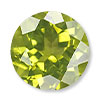 |
Peridot | 6.5 - 7 | Harmony, health, happiness, new beginnings |
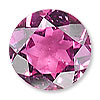 |
Pink Tourmaline | 7 - 7.5 | Compassion, balance, understanding |
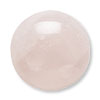 |
Rose Quartz | 7 | Love, compassion, beauty |
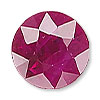 |
Ruby | 9 | Love, passion, courage, vitality |
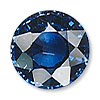 |
Sapphire | 9 | Faithfulness, blessings, loyalty, joy |
 |
Tanzanite | 6.5 - 7 | Peace, perception, youthfulness |
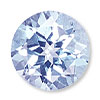 |
Topaz | 8 | Love, prosperity, strength, fidelity |
METAL CHOICES
The significance of an engagement ring extends beyond the gemstone—it’s also reflected in the choice of metal, each carrying its own unique symbolism. Gold, a timeless favorite, embodies love, commitment, warmth and prosperity, with rose gold hues adding a touch of tenderness and romance. Silver conveys serenity, purity, wisdom and deep emotion. For couples exploring less traditional options, alternative metals bring versatility and meaningful symbolism to engagement rings. Brass, with its warm golden tones, evokes confidence, positivity and a hint of romance. Copper symbolizes love, beauty, creativity and health, historically tied to healing and balance. Stainless steel, ideal for those drawn to a minimalist aesthetic, represents strength, resilience and straightforwardness, while offering practical benefits such as hypoallergenic properties and tarnish resistance.
UNCONVENTIONAL OPTIONS
Do you want to go even further outside the box? Consider non-traditional options for engagement rings. Weave a ring of cord, string seed beads or include polymer clay components. While these materials lack the durability of metal, the need for upkeep and reinvention may become symbolic of the care and attention marriage requires as your relationship evolves through the years.
Would you like to infuse even more of yourself into your choice? Try creating with metal clay. Comparable in durability to traditionally cast metals, metal clay jewelry can give you the opportunity to create a one-of-a-kind ring.
Choosing a non-traditional engagement ring is a meaningful way to express individuality, celebrate personal stories and honor the unique bond between partners. From gemstones that carry symbolic significance to metals that reflect values or aesthetics, every element of a bespoke engagement ring can be infused with intention and thoughtfulness. Beyond the classic diamond, the world of alternative gemstones and creative materials opens endless possibilities for crafting a piece that is as enduring as it is distinctive. Whether you opt for vibrant color, meaningful symbolism or a completely unconventional design, a non-traditional engagement ring offers a chance to redefine tradition and create something truly one-of-a-kind for the journey ahead.
Shop for Your Materials Here:
Have a question regarding this project? Email Customer Service.
Copyright Permissions
All works of authorship (articles, videos, tutorials and other creative works) are from the Fire Mountain Gems and Beads® Collection, and permission to copy is granted for non-commercial educational purposes only. All other reproduction requires written permission. For more information, please email copyrightpermission@firemtn.com.

